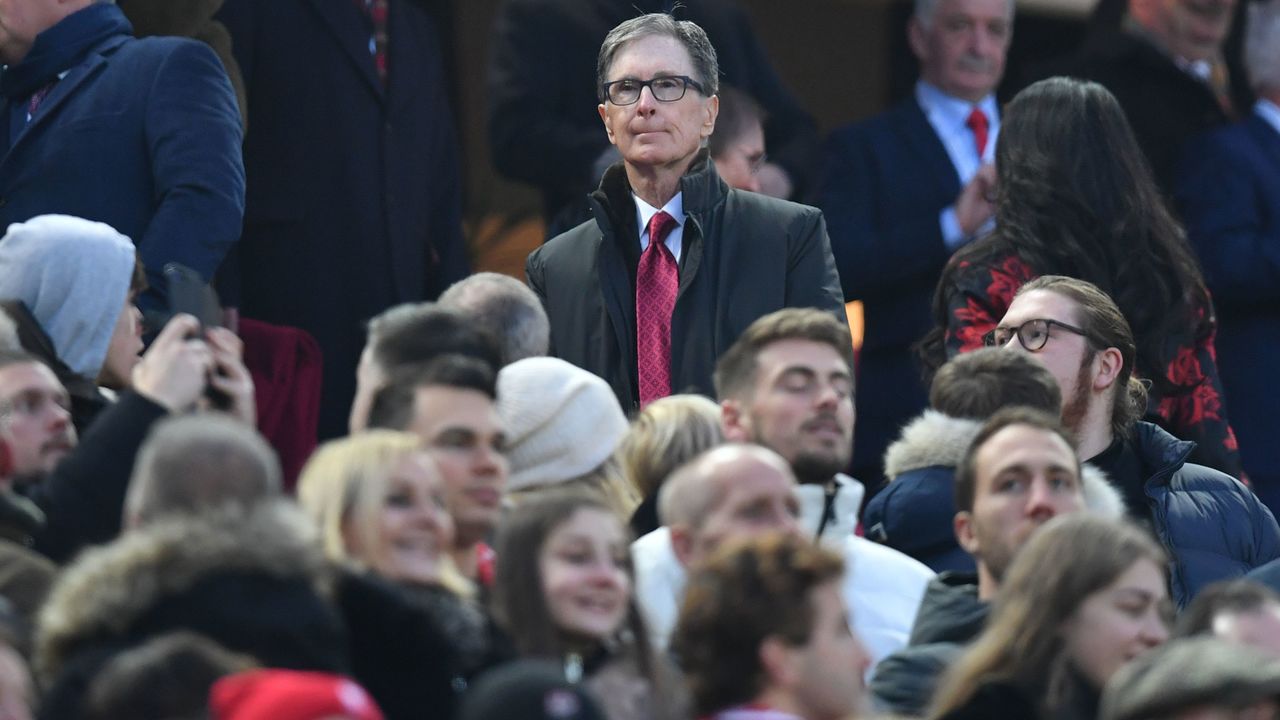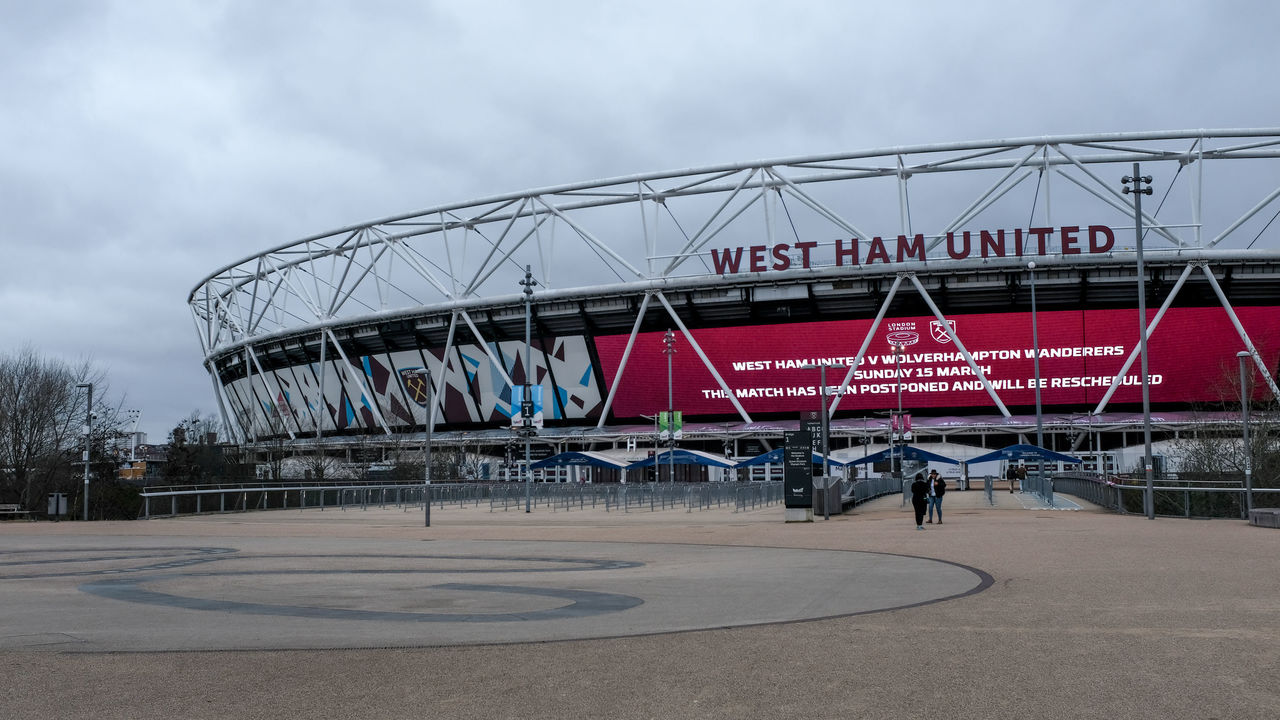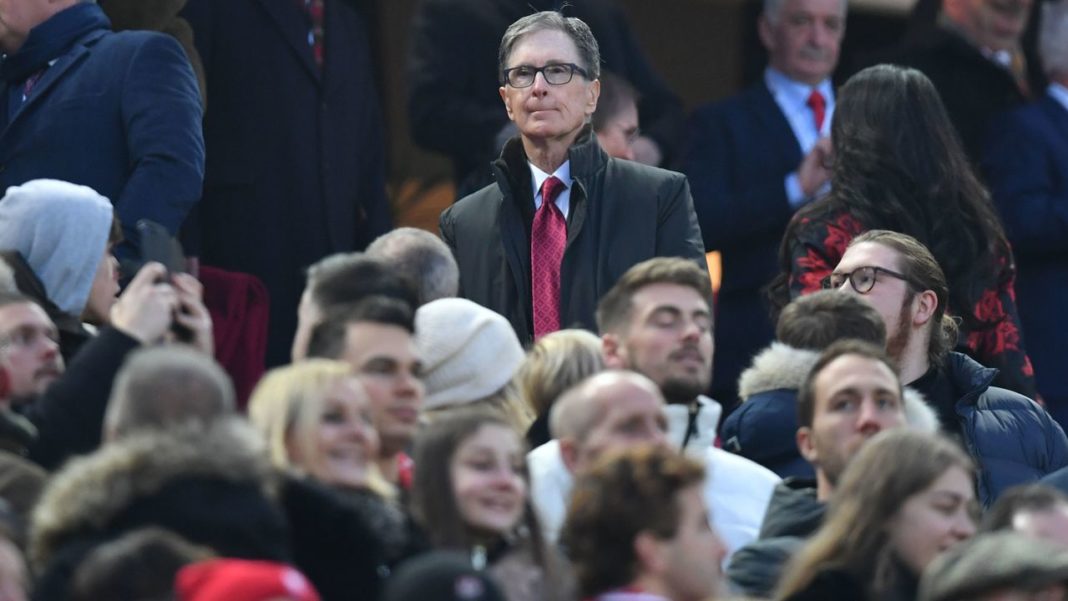On Sunday, news broke that some of England’s biggest clubs were proposing radical changes to the country’s game under the moniker “Project Big Picture.” Here, theScore breaks down what these potential reforms are, who is for and against them, and what happens next.
What structural changes would be made under Project Big Picture?
The main proposals are to reduce the Premier League to 18 teams – lessening each top-flight club’s workload by four matches – and to scrap the Community Shield, the traditional curtain-raiser of the English campaign that began in 1908. The League Cup is also expected to be on the chopping block, but a compromise could be reached for it to continue for Premier League and English Football League (EFL) clubs not competing in European competitions.
In addition to cutting the professional ladder from 92 clubs to 90, Project Big Picture would prompt changes to relegation and promotion between the leading two divisions: the third-bottom Premier League team would enter playoffs with the third, fourth, and fifth-placed teams in the Championship to determine who secures a top-flight berth for the following term. The Bundesliga and 2. Bundesliga use a similar process.
Whose idea was it?
Liverpool’s lead investor John W Henry and Manchester United co-owner Joel Glazer put their club’s on-pitch rivalries aside to create the 18-page document, and The Athletic understands Chelsea chairman Bruce Buck also entered the discussions that began up to three years ago.

The paperwork was presented to three of their rivals – Arsenal, Manchester City, and Tottenham Hotspur – on Thursday before the news was broken by The Telegraph’s Sam Wallace on Sunday.
How could it help the lower leagues and appeal to fans?
Rick Parry, the EFL chairman presiding over many clubs on the verge of extinction, believes Project Big Picture is for the “greater good” of football. Forest Green Rovers owner Dale Vince welcomed “exciting changes” that “may see greater (financial) sustainability in the top four leagues.”
Liverpool and United’s plans include an immediate £250-million payment to the EFL, covering the huge financial deficit of clubs unable to allow supporters into games, hold non-matchday events, and attract sponsorship amid the coronavirus pandemic. £100 million would also be presented to the Football Association (FA) to support women’s football, the non-league pyramid, and the grassroots level.
The EFL would also receive 25% of Premier League income for the foreseeable future; the current figure stands at a meager 8%. The greater share of capital entering the EFL would likely mark the end of parachute payments, which the Premier League distributes to relegated clubs over a three-year span to soften the blow of dropping out of the first division.

And finally, fans might feel their voices are being heard. The nationwide “Twenty’s Plenty” campaign would succeed with away tickets capped at £20, and travel to those matches subsidised. Adding safe standing to grounds up and down the country would also be explored further.
Why has Project Big Picture stirred so much controversy, then?
One of the greatest criticisms of Project Big Picture is that the wealthiest clubs are trying to call the shots while others are in a perilous and therefore desperate state.
Premier League outfits have an equal status, meaning any new rule or regulation needs approval from two-thirds of its clubs (14) before it’s implemented. However, the document suggests the “big six” – Arsenal, Chelsea, Liverpool, Manchester City, Manchester United, and Tottenham – and the three other clubs who’ve been in the Premier League the longest (currently Everton, Southampton, and West Ham United) deserve “special voting rights.”
Most top six finishes in English top-flight history:
1. Liverpool 63
2. Arsenal 60
3. Man Utd 58
=4. Aston Villa 45
=4. Everton 45
6. Tottenham 36
—————–
7. Chelsea 35
8. Man City 30— Duncan Alexander (@oilysailor) October 12, 2020
Not only does this proposal trigger debates over which clubs should be considered England’s biggest and therefore most powerful, it also raises legitimate concerns about how the nation’s supposed giants would use (and possibly abuse) their extra decision-making clout.
They would have the capacity to rubber-stamp, tweak, or scrap issues that affect clubs lower down the pecking order, such as financial regulations, takeover bids, competition rules, and who serves as chief executive of the Premier League. The proposal would also allow the most powerful clubs to control league-wide broadcasting contracts and individually sell international rights to eight of their matches per season. There would additionally be more freedom in the loan market, with clubs able to ship out 15 players at once, loan four players to one club, and to recall loanees if there’s been a change of manager.
Who’s publicly voiced disdain for Project Big Picture?
The Premier League was the most notable voice against the plans, warning the changes “could have a damaging impact on the whole game.” The top flight also expressed disappointment that Parry, a former chief executive of the Premier League and Liverpool, backed the project.
The Premier League clubs outside the “big six” are also suspicious of the motives behind the document and are unsurprisingly reluctant to cede some of their power. “The big six are using COVID for a power grab,” a source from West Ham told BBC Sport’s Simon Stone. “If this goes through, over time they will just use (it) more and more for themselves.”

The majority of prominent football journalists in the United Kingdom also seem to be against Project Big Picture. They believe it will open up a greater financial chasm in the Premier League and free up parts of the English football calendar for a European Super League.
The British government has also had its say and threatened a review into the country’s game.
“They should be getting together to sort the sport out,” culture secretary Oliver Dowden told Sky News on Monday. “I’m afraid if we keep having these backroom deals and all these other things going on, we will have to look at the underlying governance of football.”
There was a significant change at the EFL a day after the plan became public knowledge. David Baldwin resigned as the organization’s chief executive after merely four months in the role on Monday, but the EFL insisted his decision was made before Project Big Picture came to light.
What’s next?
Fourteen of the Premier League’s 20 clubs must vote in favor of Project Big Picture for it to move closer to fruition. It’s difficult to envisage any clubs outside the “big six” and Everton, Southampton, and West Ham lending their support to a manifesto that would limit their power, allow contemporaries to negotiate their own money-spinning TV deals, and see a greater share of their income dribble away into the lower leagues.

The FA also has a “golden share” in the Premier League, according to The Athletic, so it can immediately veto ideas such as the reorganization of relegation and promotion between the top flight and Championship.
Right now, it appears unlikely that the current iteration of Project Big Picture will be adopted by English football. But a compromise that involves proposals such as an 18-club Premier League and the abolition of the League Cup and Community Shield is conceivable.
Many English clubs are in dire straits due to COVID-19, and it could take a comprehensive revision of the professional ladder to save them.
